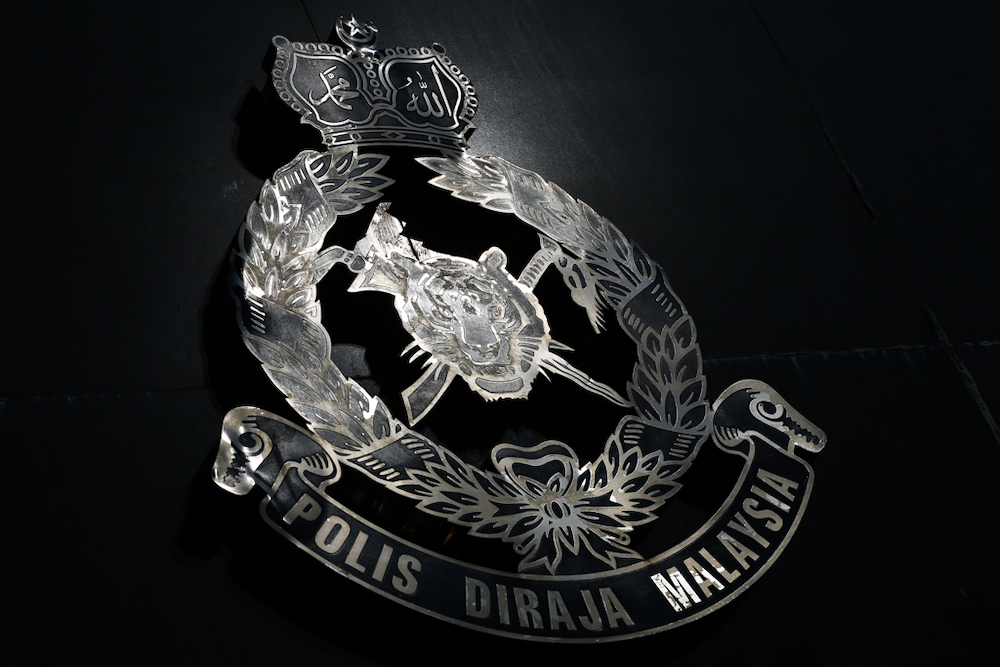ADVERTISE HERE
Exploring different cultures can be both enlightening and enjoyable.
Culture is a broad and multifaceted concept that encompasses the beliefs, customs, arts, institutions, and social behaviours of a particular nation, people, or other social group.
Exploring culture involves understanding the rich tapestry of human life, from ancient traditions to contemporary practices.
Each aspect of culture provides a lens through which we can appreciate the diversity and complexity of human societies.
Learning about culture offers numerous benefits that enrich both personal and societal dimensions of life.
Gaining insight into different ways of life fosters a more inclusive worldview; learning about other cultures often includes learning new languages, thus enhancing communication abilities.
There are several places for us, Sarawakians, to learn about the cultures of our diverse communities.
Here are some of the places to visit if you are in Kuching:
Borneo Cultures Museum
This Green Building Index-certified building is located in the centre of Kuching. It is the second-largest museum in Southeast Asia and the largest museum in Malaysia.
The exhibition space is more than 6,000 square metres, with a total floor area of approximately 31,000 square metres.
Only 500 people are allowed to be in the building at any one time. This is important to maintain the safety of all visitors.
This museum has five levels:
Level 1 houses an auditorium, a function room, an exhibition gallery, a restaurant, and a souvenir shop.
Level 2 houses the children’s exhibition titled Love Our Rivers. The exhibit is filled with interactive displays depicting the importance of clean rivers and proper waste management.
Level 3 explores the landscapes of Sarawak in a series of interactive exhibits called In Harmony with Nature. This exhibit features our coastal areas, rainforests, and highlands, as well as a look into the lives of the tribes that settle there.
Level 4 is like a journey through time, beginning with archaeological findings such as the Niah Woman. It then saw the journey of Sarawak, from its making to how it is today.
Level 5’s exhibit is called Objects of Desire, which showcases everything Sarawak, from Pua Kumbu to local ceramics and a hornbill’s casque.
In conjunction with Sarawak Day, the museum is not charging admission on July 22.
It opens from 9 am to 4.45 pm on Monday through Friday and 9.30 am to 4.30 pm on weekends and public holidays.
Tun Jugah Foundation
 Tun Jugah
Tun JugahHidden in plain sight on the fourth floor of the Tun Jugah Shopping Mall, the Tun Jugah Foundation is a foundation dedicated to the Iban way of life and their intricate loom weaving.
It was created to perpetuate the memory of the late Tun Datuk Patinggi Tan Sri Temenggong Jugah Barieng, an Iban chief and also one of the founding fathers of Sarawak.
It was also established to preserve and promote Iban culture, arts, and language, as well as to provide a deeper understanding of Iban textiles and weaving traditions, both for local and international interests.
The foundation is divided into five different departments, namely, oral history, textiles, museums and galleries, libraries and archives, and publications.
One of the most popular rooms is the weaving room, which has over 500 pieces of pua and weaving tools and looms on diplay.
Visitors can watch the weavers working in the workshop, and they are open to sharing their skills and knowledge with you should you have any questions that need answering.
Visitors can also learn the art, but you need to have your own yarn. The loom, fortunately, is provided. You can purchase some of the smaller pieces of pua as souvenirs of your visit.
The Tun Jugah Foundation is also a great place to find out information about Kapit and the surrounding area. This place is open from Monday to Friday from 9 am to 4.30 pm and closed on public holidays.
Entrance to the foundation is free of charge.
Sarawak Cultural Village
 Sarawak Cultural Village
Sarawak Cultural VillageSarawak Cultural Village (SCV) is an award-winning living museum that spans across 17 acres of land, just across from Damai Beach Resort and Hotels.
Experience Sarawak for half a day here and learn about the local culture and lifestyles of the various ethnic groups in Sarawak.
At this cultural village, there are replica buildings representing seven major ethnic groups in Sarawak, mainly the Bidayuh, Iban, Orang Ulu, Penan, Melanau, Malay, and Chinese.
All buildings are manned by members of the ethnic groups in traditional costumes and who carry out traditional activities. They act as storytellers who describe and interpret their way of life. They will happily pose with visitors for photos, too!
The SCV also has an award-winning dance troupe that will entertain visitors with their multi-cultural dance performance at the Village Theatre twice a day. The cultural show runs twice a day, at 11.30 am and 4 pm.
This living museum is open every day, including public holidays. Those of you planning your visit to SCV on Sarawak Day will get special entrance rates.
July 22 is also the last day for their special three-day celebration. Enjoy a variety of special activities, and don’t miss out on the fun and excitement!
Natural History Museum
 National History Museum
National History MuseumThe Natural History Museum was built in 1908 and was known as the “Second Ladies Club.” It was once used as an administrative office, and now it displays a natural history collection.
Among the exhibits found here are special collections found in Borneo, such as preserved skeletons of mammals, invertebrates, reptiles, birds, fish, and shellfish.
Apart from the above places, we can also visit longhouses or villages to get to know cultures through cuisine. Cooking traditional dishes from different cultures can provide insights into their traditions and ways of life.
Overall, learning about culture enriches lives by fostering understanding, promoting empathy, and enhancing personal and professional growth.









 English (US) ·
English (US) ·